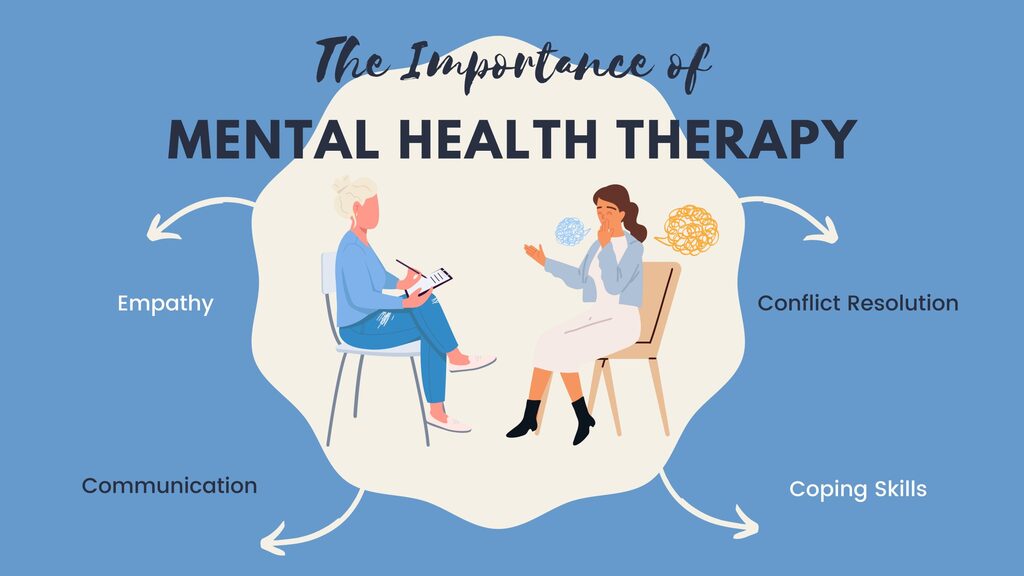The recent rise of physical media shows how we are finding that lost feeling of ownership that streaming platforms have taken away from us.
Physical media, like CDs, DVDs, vinyls and even cassette tapes, have become more popular in recent years, especially since the COVID-19 pandemic.
Although products like vinyl records have been growing in large markets since 2007, it wasn’t until after the pandemic that the increase in sales skyrocketed up to 68%.
We consider these products as cosmetics since we can access their content online through streaming apps or websites. However, there is more to it than owning a DVD of “Citizen Kane” or a copy of Pink Floyd’s “The Dark Side of the Moon” just to look “cool” or “cultured.”
Owning these products goes beyond nostalgia or decoration. Their value has increased since movies, shows and albums constantly interrupt us with ads that we are not paying for. With the physical releases, we can consume them on our own terms.
We have grown accustomed to relying on streaming platforms to watch or hear our media, but we don’t tend to consider that the platforms can take them off at any time, as we do not have the rights to keep it; we are just paying a license to consume said content.
Buying the physical versions of our favorite media comes with extra benefits aside from enjoying what we like whenever we want. Artists tend to put extra content in those physical editions. The most common examples are documentaries on the behind-the-scenes of a movie, a poster, the lyrics of the songs, deleted scenes, tracks that didn’t make the cut and so much more.
These incentives makes buying the physical releases much more valuable since you can tell those artists care about their fans and their experience with the product.
One of the most recent examples is when I bought The Weeknd’s last album “Hurry Up Tomorrow” on CD. The disc came with different versions of the tracks in the album, different art cover and also some unreleased songs.
Even though I didn’t expect it when I first bought it, I felt like it was worth the purchase as I will now always have the chance to listen to the versions of those songs that were made for CD.
However, some artists tend to release those special versions for streaming. This move is disrespectful to the customer, as it makes the value of the purchase pointless, as nobody carries around a vinyl or CD player.
Some artists have also been making a push against relying on streaming services, as they are giving anticipated and/or exclusive access to content through the physical releases of their works.
The most recent case is Taylor Swift releasing a Target-exclusive vinyl for her new album “The Life of a Showgirl,” which includes a “summertime spritz pink shimmer” disc along with a collectible sleeve, a “giant” double-sided poster, an exclusive poem penned by Swift, and special photos. This makes the fans support musicians by giving artists more creative and financial control with every purchase of these products, as they don’t have to follow the guidelines and limitations of streaming services.
Director Christopher Nolan wanted his movie “Oppenheimer” to be released on DVDs and Blu-ray once it left theaters. This decision came from wanting his audience to have “a version you can buy, own at home and put on a shelf so no evil streaming service can come steal it from you.”
I happened to be one of the many people who were waiting to watch this movie again once it left theaters. When I bought the movie, I found more than what I thought I had paid for: hours of extra footage, documentaries about the topic of the movie, and a making-of video on how the film came to be an enhanced version made for homes.
From extra content to limited editions, being able to enjoy physical media in a unique way and have the certainty of ownership beats any streaming service.
At its core, physical media is not about consumerism; it’s about preserving the art that makes us who we are in a time where streaming services decide what we do with it and what we don’t.




